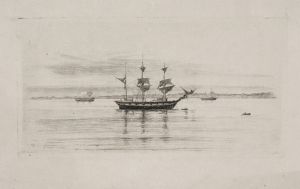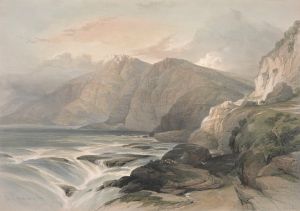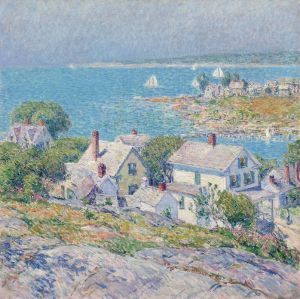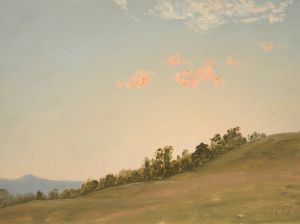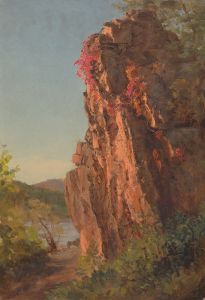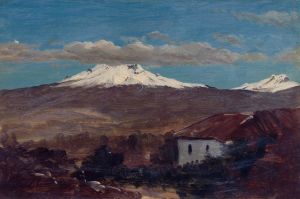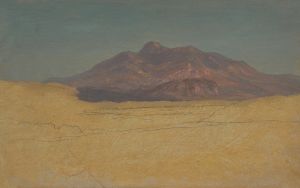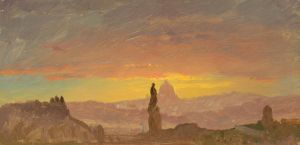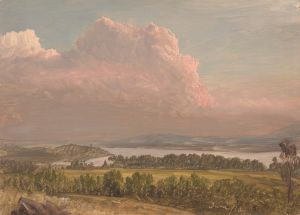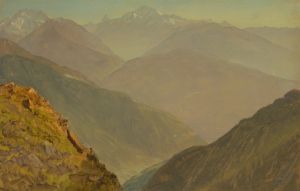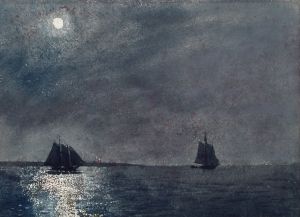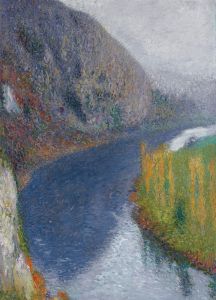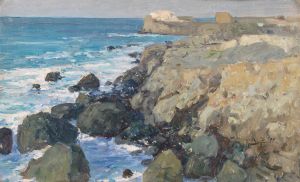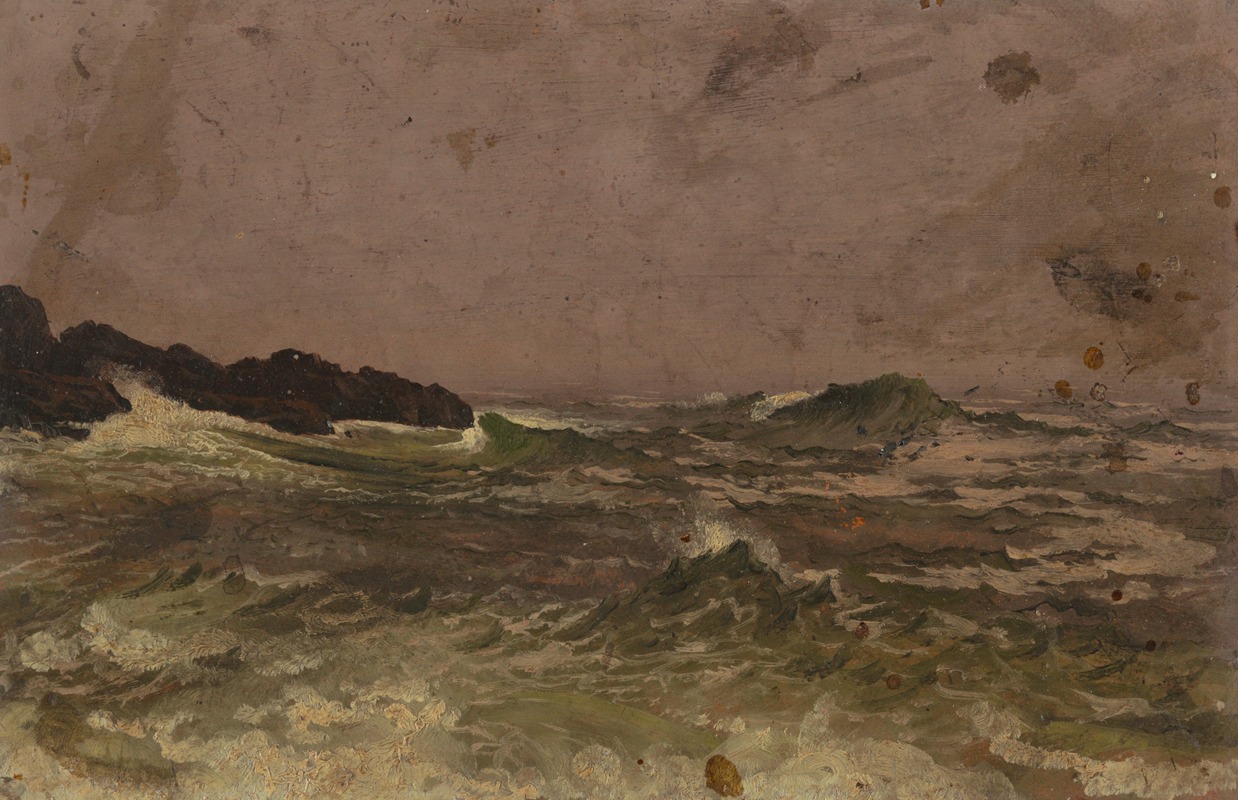
Maine Coast
A hand-painted replica of Frederic Edwin Church’s masterpiece Maine Coast, meticulously crafted by professional artists to capture the true essence of the original. Each piece is created with museum-quality canvas and rare mineral pigments, carefully painted by experienced artists with delicate brushstrokes and rich, layered colors to perfectly recreate the texture of the original artwork. Unlike machine-printed reproductions, this hand-painted version brings the painting to life, infused with the artist’s emotions and skill in every stroke. Whether for personal collection or home decoration, it instantly elevates the artistic atmosphere of any space.
Frederic Edwin Church, a prominent American landscape painter of the 19th century, is renowned for his detailed and dramatic depictions of natural scenes. One of his works, "Maine Coast," exemplifies his skill in capturing the sublime beauty of the American landscape. Church was a central figure in the Hudson River School, a group of artists known for their romantic portrayal of the American wilderness, and his works often reflect a deep appreciation for nature's grandeur.
"Maine Coast" is a painting that showcases Church's fascination with the rugged and picturesque landscapes of the northeastern United States. Although specific details about the creation and exhibition history of "Maine Coast" are not extensively documented, it is known that Church frequently traveled to coastal areas in Maine, where he found inspiration in the dramatic cliffs, expansive skies, and turbulent seas. These elements are characteristic of his work and are likely present in "Maine Coast."
Church's technique involved meticulous attention to detail and a keen observation of light and atmosphere, which he used to convey the majesty and power of nature. His paintings often feature a high level of realism, achieved through careful study and numerous sketches made on-site. This approach allowed him to capture the essence of a location with both accuracy and artistic flair.
In "Maine Coast," Church likely employed his signature style, which includes a dynamic composition and a vivid palette. His use of light would have been particularly important in this work, as it plays a crucial role in depicting the changing moods of the sea and sky. The interplay of light and shadow would enhance the sense of depth and drama, drawing viewers into the scene and inviting them to experience the awe-inspiring beauty of the Maine coastline.
Church's works, including "Maine Coast," are often interpreted as expressions of the 19th-century American ethos, which celebrated the natural world as a source of national pride and identity. His paintings reflect a period of exploration and discovery, capturing the untamed beauty of the American landscape at a time when the country was rapidly expanding and industrializing.
While specific exhibitions or collections featuring "Maine Coast" are not widely recorded, Church's works are held in high regard and are part of numerous prestigious collections, including the Metropolitan Museum of Art and the National Gallery of Art. His influence extends beyond his lifetime, as he remains a significant figure in the history of American art, admired for his ability to convey the majesty of nature with both precision and passion.
In summary, "Maine Coast" by Frederic Edwin Church is a testament to the artist's mastery of landscape painting and his deep connection to the natural world. Through his detailed and evocative portrayal of the Maine coastline, Church captures the essence of a region that continues to inspire artists and viewers alike.






